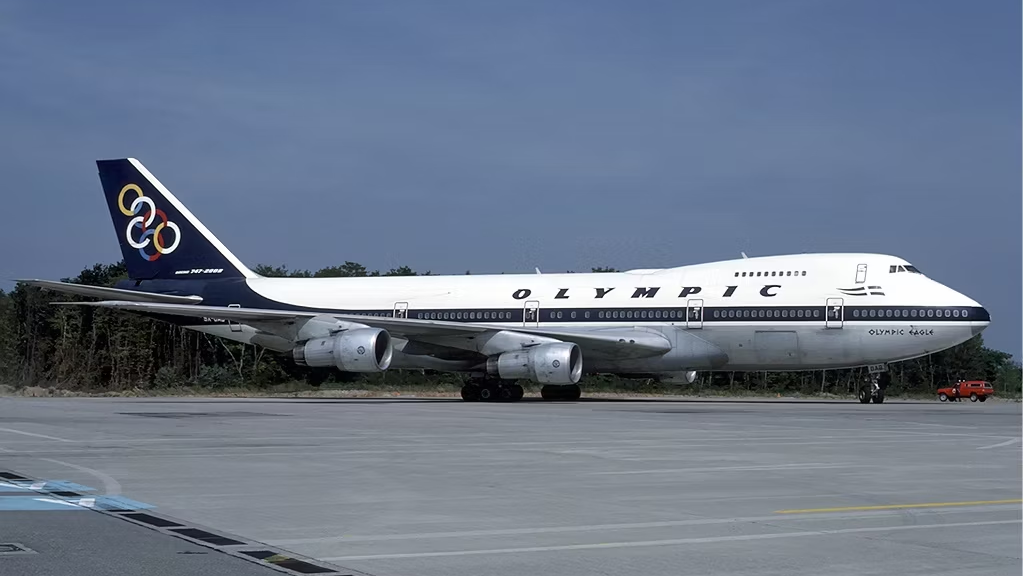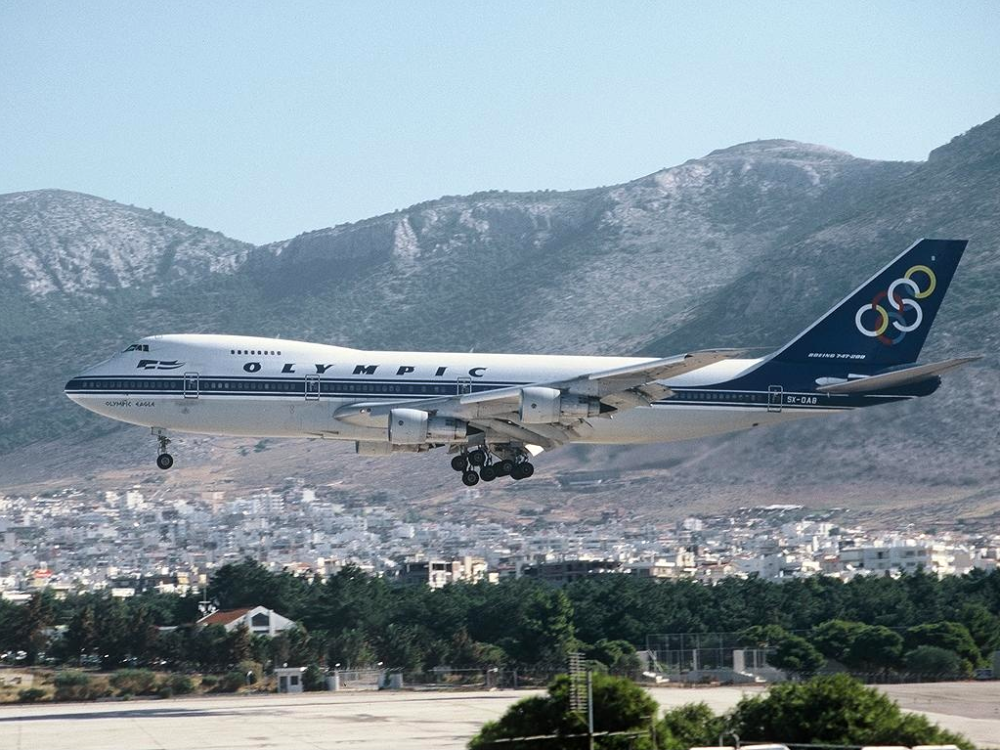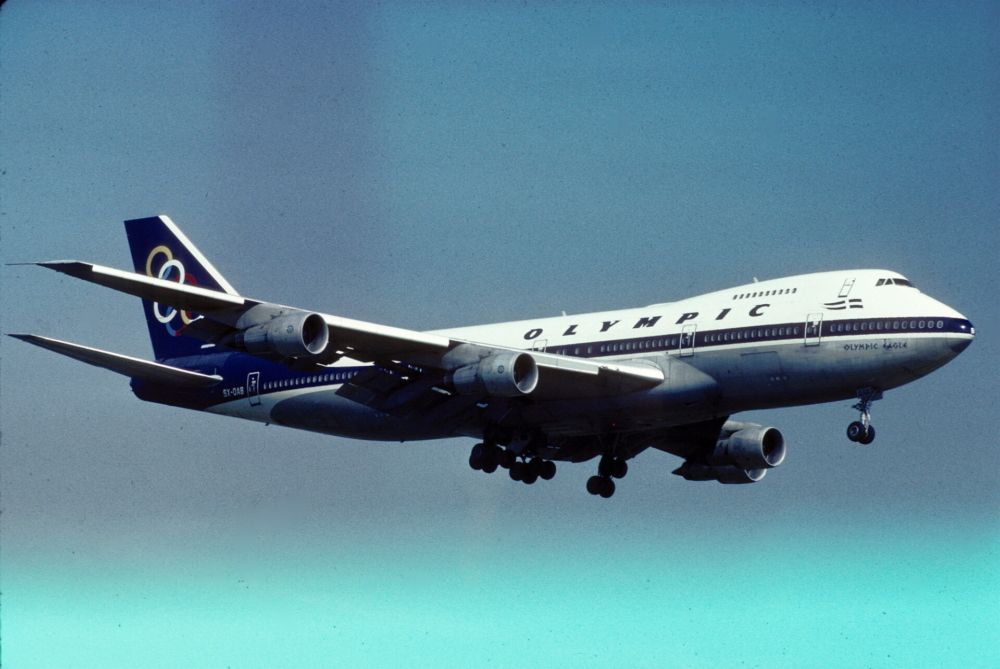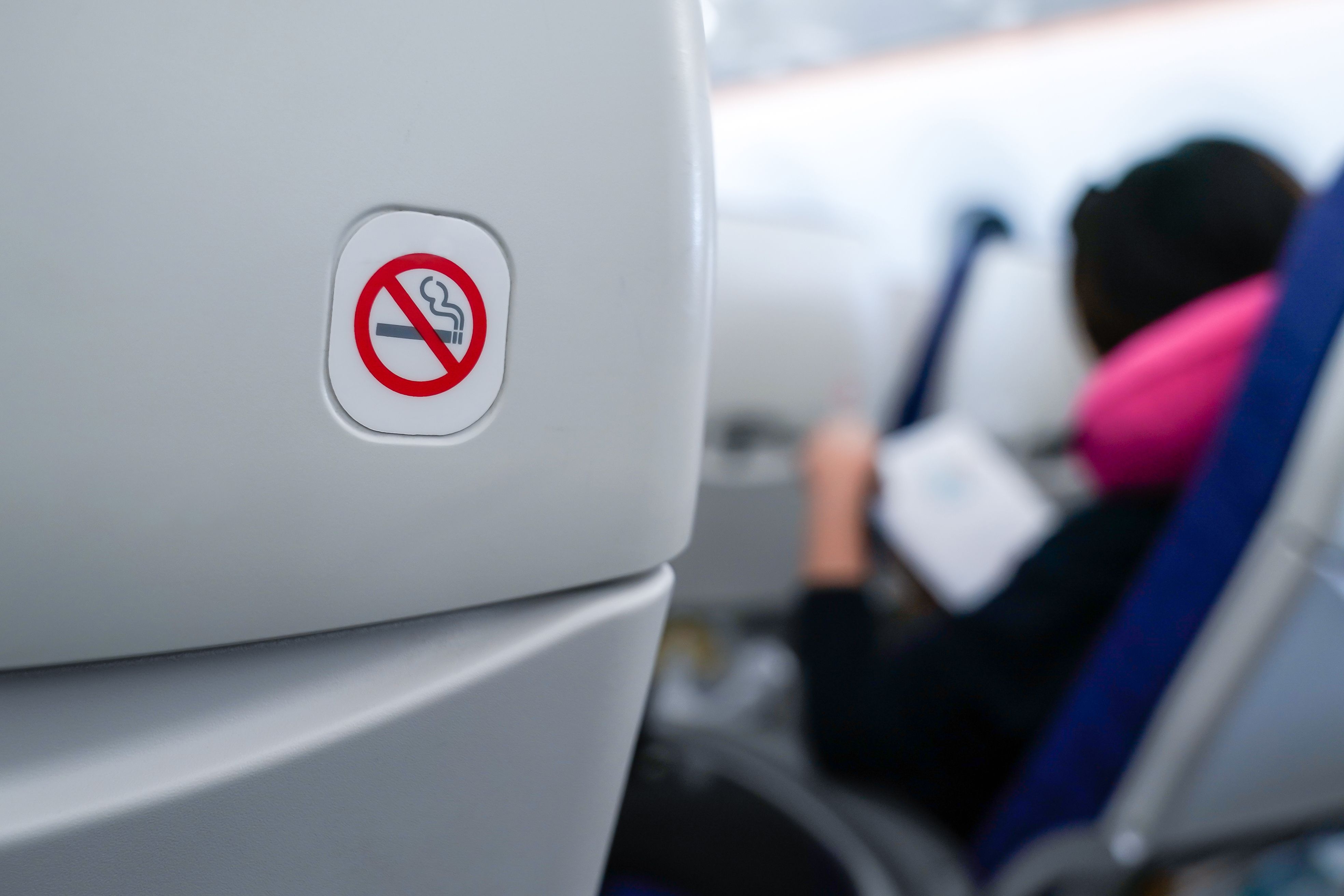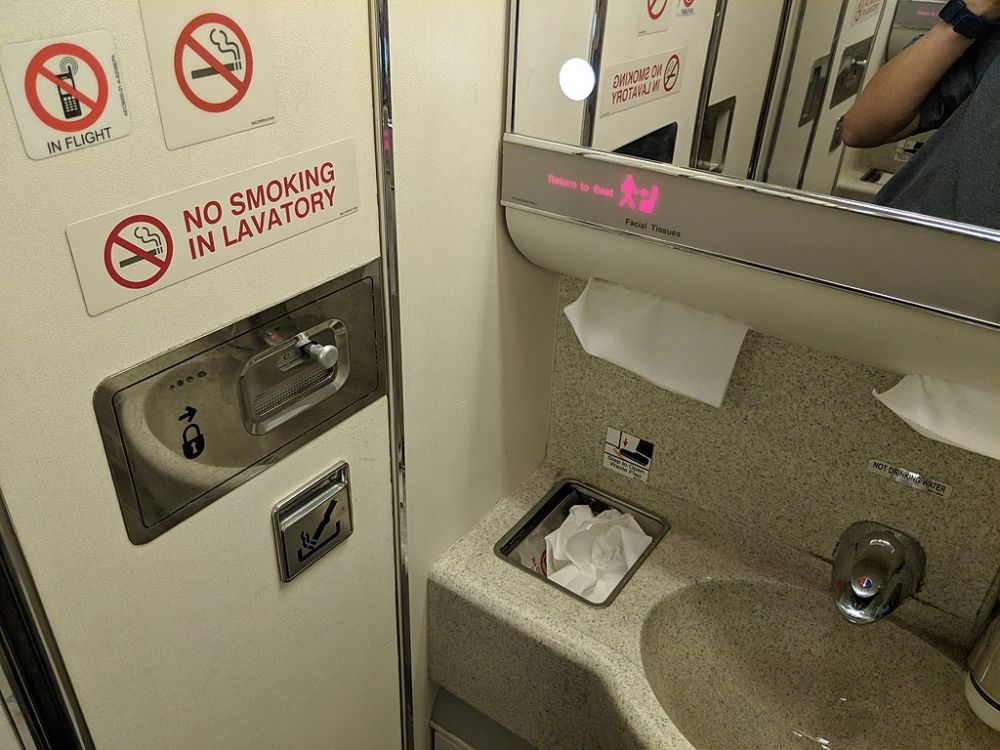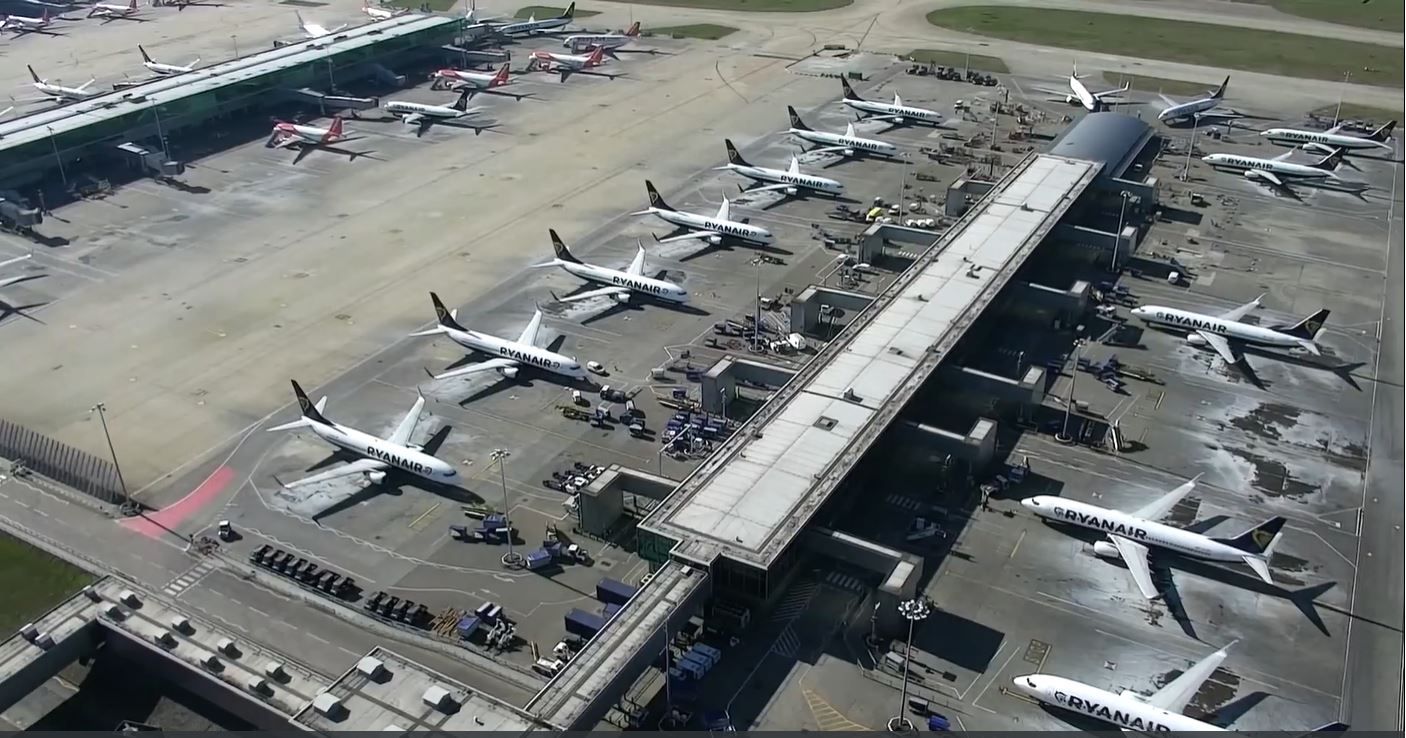Summary
- The tragic events of Olympic Airways Flight 417 led to a key turning point in the establishment of in-flight smoking laws.
- There was no clear divide between smoking and non-smoking sections on aircraft before smoking was fully outlawed.
- Following the tragic death of Dr. Hansen due to second-hand smoke exposure, airlines implemented broader bans on in-flight smoking.
If you have traveled on an airplane, you may have noticed prominent “no smoking” lights right next to the seatbelt signs on commercial aircraft. It was not always the case, as the outlawing of smoking onboard aircraft became a gradual process in the 1990s. A tragic incident in January 1998 onboard Olympic Airways Flight 417 became a key turning point in establishing in-flight smoking laws.
Olympic Airways Flight 417
Former Greek flag carrier Olympic Airlines bore the name Olympic Airways for much of its 52-year history. This included during the incident involving Flight 417, which took place on January 4th, 1998. The flight originated in Cairo and touched down in New York. As it used to be more common with long-haul flights in the 20th century, it made a stop along the way.
The location where the service touched down en route was Olympic’s main hub in Athens, Greece. This is where Dr Abid Hanson and his wife, Rubina Husain, boarded the New York-bound flight. The aircraft operating the flight on January 4th, 1998, was a Boeing 747 with sections for smokers and non-smokers in its sizable economy class passenger cabin.
Stay informed: Sign up for our daily and weekly aviation news digests.
No clear divide between the sections
In 1996, two years before the incident involving Olympic Airways flight 417, the ICAO had pushed for a blanket smoking ban onboard international flights. However, no such legislation had come into place by the time January 4th, 1998 rolled around.
As such, when Dr Abid Hanson and Rubina Husain boarded the 747 in Athens, they entered an aircraft with smoking and non-smoking sections. The couple were seated in the non-smoking section, due to Hanson’s sensitivity to smoke and ‘recurrent anaphylactic reactions.’ However, being seated apart from the smokers wasn’t enough in this case, as there was no physical divide between the sections.
As such, non-smokers could still experience second-hand smoke if seated nearby. Owing to Hanson’s sensitivity and the fact that their seats were just three rows from the smoking section, the couple requested that they move elsewhere.
A tragic allergic reaction
The flight on which Hanson and Husain were traveling was busy, as is often the case for transatlantic sectors. However, there were 11 vacant seats onboard, which Hanson could have moved to in order to avoid triggering his sensitivity to smoke from the adjacent section.
Photo: Surachet Jo | Shutterstock
However, according to court documentation, an Olympic Airways flight attendant refused this request despite it being made three times. With the prevalence of smoke increasing in the cabin, Dr Hanson, who is also reported to have suffered from asthma, elected to take a walk towards the front of the jet. He did so in search of the fresher air which could be found away from the smoking section.
Sadly, however, he took this evasive course of action too late. Following his exposure to second-hand smoke, he later succumbed to an allergic reaction. Tragically, Dr Hanson subsequently passed away a few hours later, despite medical attention.
The court case
Following Hanson’s death, Husain filed for damages against Olympic. She did so under Article 17 of the Warsaw Convention, which permits damages to be claimed following inflight accidents. Having filed the claim in a California federal district court, Husain was awarded a $1.4 million sum in damages upon the decision that Hanson’s death was accidental.
Olympic Airways elected to appeal this preliminary ruling, with the suit going all the way to the Supreme Court. The carrier argued that the nature of Hanson’s death, involving a pre-existing condition aggravated by airplane conditions, could be seen as not having been accidental under the statutes of the Warsaw Convention.
The case was argued in November 2003 and decided the following February. While not unanimous, the court ruled 6-2 in favor of Husain, citing the refusal to allow Hanson to move seats as a key ‘link in the chain’ when it came to his passing.
Smoking was only partially outlawed
Multiple incidents involving in-flight smoking
Over the years, several incidents took place, causing fatalities and near misses because people were smoking on board.
- 1973: Varig Flight 820 | Boeing 707 | Paris | 134 Occupants | 123 Killed
- 1982: British Airways Flight 009 | Boeing 747 | 263 Occupants | 263 Survived
- 1983: Air Canada Flight 797 | McDonnell Douglas DC-9-32 | 43 Occupants | 23 Killed
Smoking wasn’t fully outlawed in passenger cabins in the late last century, although it had been prohibited in aircraft bathrooms since 1973. That rule came about after a disposed cigarette in a bathroom was thought to have been a factor in the crash of Varig flight 820 near Paris. This disaster killed 123 of the Boeing 707’s 134 occupants.
10 years later, in 1983, an inflight bathroom fire involving Air Canada flight 797, which killed 23 of its 46 occupants, prompted airlines to be required to install smoke detectors in their aircraft toilets. As such, passengers could no longer retreat to the bathroom to smoke. However, certain countries and airlines still permit the practice in certain areas of their main passenger cabins.
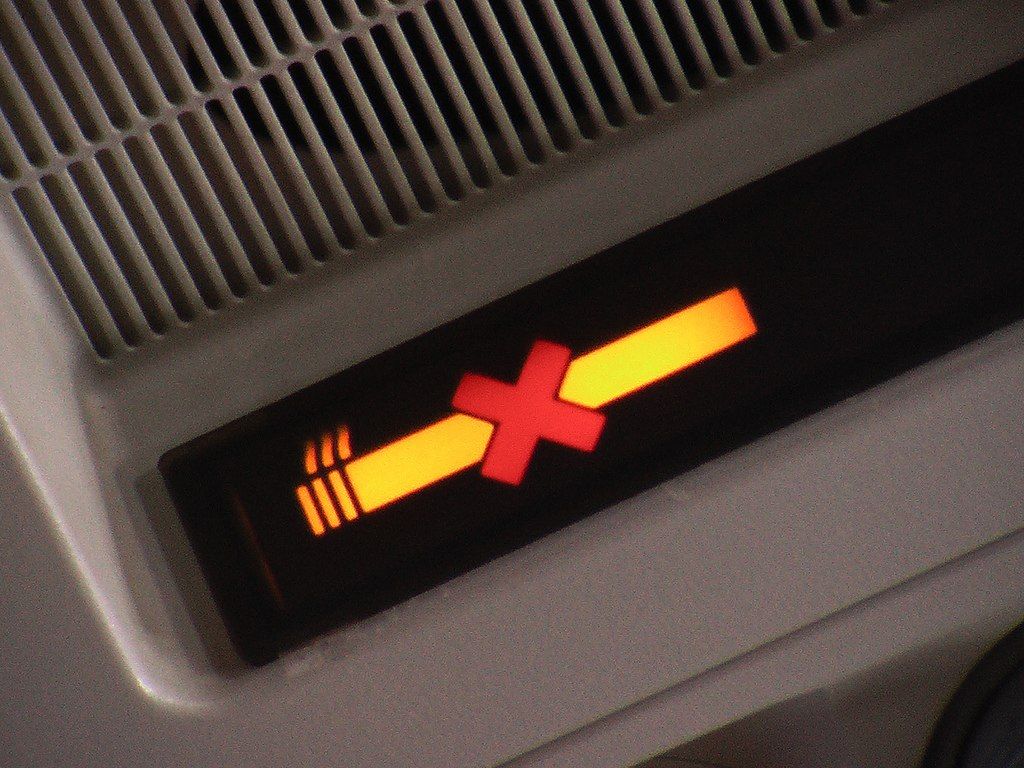
Related
The Ins & Outs Of Smoking On Private Jets
When it comes to in-flight smoking, consider these regulations and policies, important factors, and helpful alternatives.
Interestingly, this played a role in diverting British Airways Flight 9 in 1982. After flying through volcanic ash, a Boeing 747 lost power to all its engines, causing smoke to accumulate, which was initially thought to have been from cigarettes. In any case, the jet touched down in Jakarta with no injuries.
Why do bathrooms still have ashtrays?
- For safety reasons
- The Federal Aviation Administration (FAA) established it as a law.
- More than one ashtray on most large aircraft
The tragic events of Olympic Airways flight 417 and the subsequent case of Olympic Airways vs. Husain are seen as key turning points in the debate surrounding inflight smoking. The late 1990s and early 2000s saw several wider bans implemented, such as in the US in 2000. Previously, smoking had been permitted onboard commercial flights that were longer than six hours.
Smoking is now almost universally outlawed onboard passenger aircraft. However, you will probably have noticed that their bathrooms still have ashtrays and ‘no smoking’ signs. According to Time, this is so that if a passenger does feel the need to break the rules, they have somewhere safe to dispose of their cigarettes.
Photo: London Stansted Airport
What about e-cigarettes?
In recent years, the use of e-cigarettes (sometimes known as ‘vaping’) has become a more common phenomenon as people look to find alternatives to smoking. As such, this is also an area where airlines and airports have had to draw up rules. Being a relatively new zeitgeist, Gatwick Airport Guide notes that “there are no blanket rules on using e-cigarettes on planes.”
Taking the UK as an example, while there is no worldwide directive on the matter, vaping in the country’s airports and on its airlines is widely outlawed. Furthermore, they can only be carried in passengers’ hand luggage. This means e-cigarette users must store the corresponding liquids in 100 ml or less vessels.
Do you remember the incident involving Olympic Airways flight 417? What are your memories of the inflight smoking era? Let us know your thoughts in the comments.
